Is avocado low FODMAP? YES! we know that some lists say avocados are high FODMAP, while other lists say they are low FODMAP. Can you eat avocados on the low FODMAP diet? Will they trigger your irritable bowel syndrome (IBS)?
You CAN eat avocado while even on the Elimination phase of the low FODMAP diet. There are low FODMAP serving sizes. On the other hand, whether it will trigger IBS symptoms for you will depend on your unique GI tract.
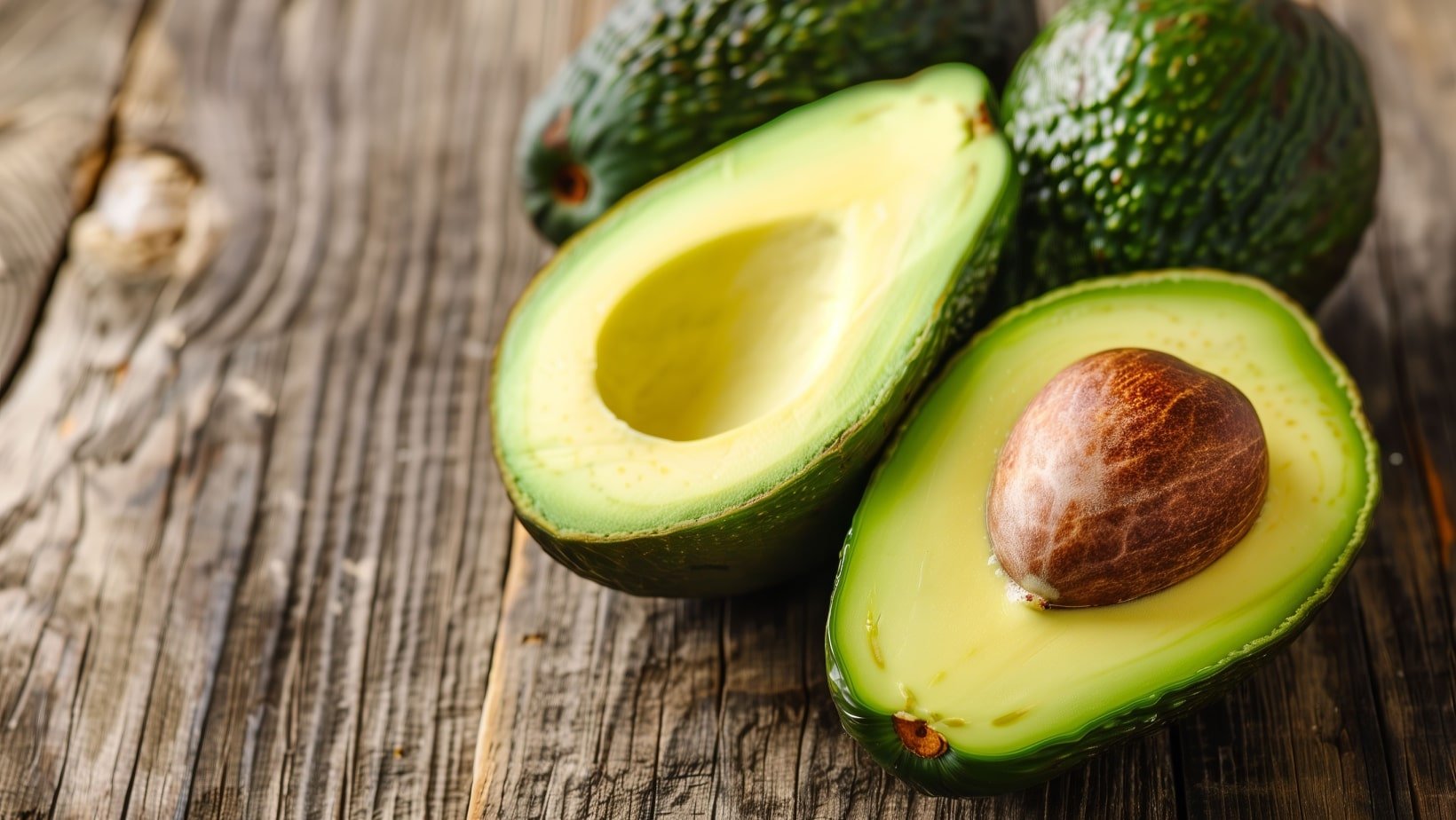
This article was updated Q3 2024. Current lab testing by Monash University shows the Green Light low FODMAP serving size has doubled from 30 g to 60 g. Please read below for more information.
Current FODMAP Lab Testing Results for Avocados
- Avocados, as with any fruit or vegetable, are expected to have varied FODMAP content from fruit to fruit; results will change from time to time upon lab testing.
- Lab test results are always meant to be guides and not absolutes.
- Lab tests from the same institutions, and between testing bodies (Monash and FODMAP Friendly) can vary and this is not a problem.
- All of the lab tests are reliable; what is important is how you react to the food in question.
- FODMAP Friendly has had listings for unripe and ripe avocados for some time. Monash now details ripe versus unripe in their blog article (although not on the app). Unripe avocados show a higher sugar content. This is the opposite of bananas, for example, but is the same as guavas. This is why extrapolations on ripe versus unripe produce are not recommended.
- The current lab testing from Monash has detected a unique sugar called perseitol.
- Perseitol is not the same as sorbitol, therefore Monash recommends that you do an independent Challenge for avocados.
- Monash University’s Green Light low FODMAP serving size has increased from 30 g to 60 g. They also updated their verbiage to specify Hass avocados.
- FODMAP Friendly’s low FODMAP serving size of unripe Hass avocados is 80 g, with a max serve of 880 g.
- Ripe Hass avocados are listed as containing no FODMAPs by FODMAP Friendly: “Enjoy in unlimited amounts; eat freely.”
- The FODMAP Friendly tests detected fructose.
Monash University & FODMAP Friendly Lab Testing
We present both Monash University lab testing of avocados as well as FODMAP Friendly. Both of their lab testing procedures and results are reliable and accurate even when they do not agree. And when it comes to avocados, there are differences.
For a full explanation of each of their testing procedures and why their results sometimes differ, please refer to these linked and complementary articles.
- Monash University Lab Testing Explained
- FODMAP Friendly Lab Testing Explained
- How To Use The Monash University Smartphone App
- How To Use The FODMAP Friendly Smartphone App
- When Monash University & FODMAP Friendly Lab Test Results Differ
- Avocados and FODMAPs
A Note On Avocado Size
As you can see in the image above, these avocados, a Florida avocado on the left and a Hass avocado on the right, are vastly different sizes – and it can even be more dramatic, with some that are even smaller and some that are much larger.
While variation within Hass is not as great, they can still range from about 3-ounces to 10-ounces. For over 15 years the Monash app suggested that you could eat an “eighth of an avocado” during the Elimination Phase. Sticking with weight is always preferable, due to large size variation.
Check out our 7-Layer Dip and Guacamole to make great use out of low FODMAP amounts.
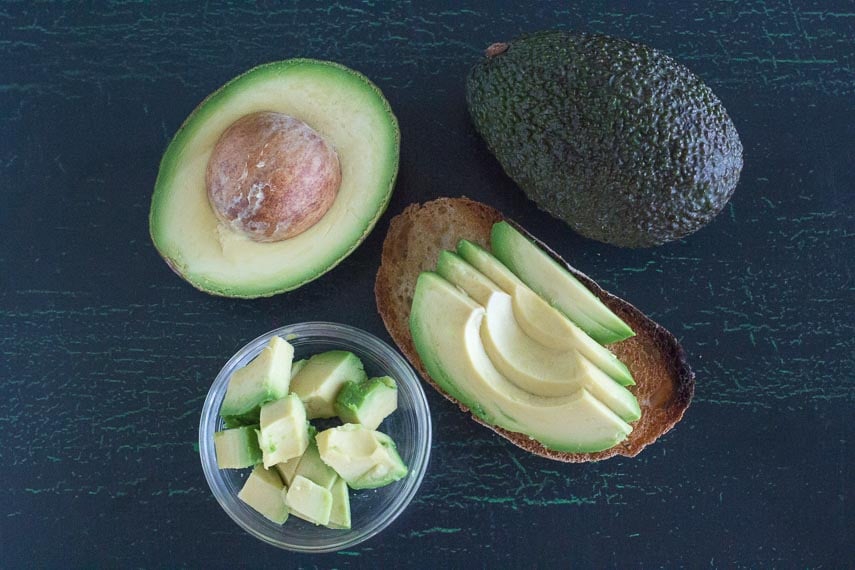
How Much Avocado Is Just Right?
Let’s look at what Monash University lab tests have reported, and what FODMAP Friendly lab tests have reported.
Monash University Has Lab Tested Avocados
For over 15 years Monash University testing indicated that the amount of avocado that was low FODMAP was 30 g. As of 2024 they have increased that amount to 60 g upon re-testing.
The images show 30 g as a reference point.
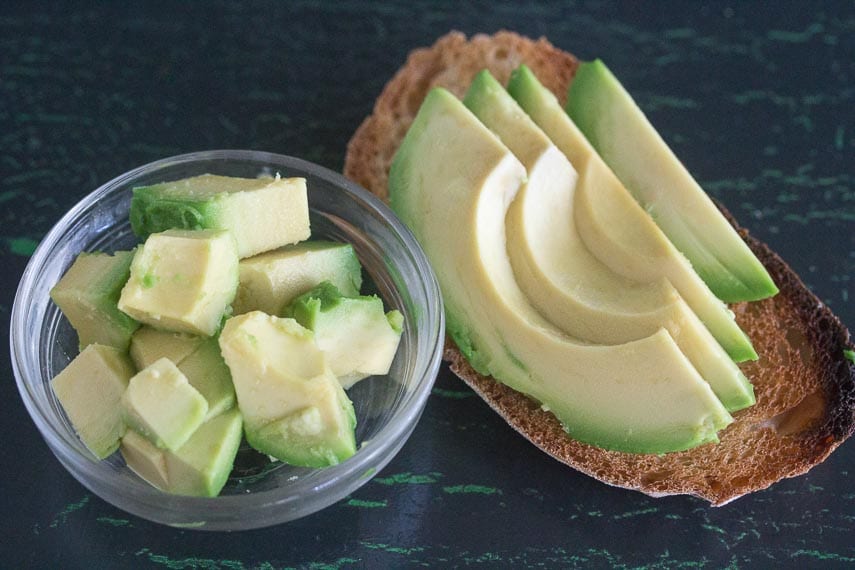
The diced avocado above in the small dish is 30 grams and could be mashed up for a bit of guacamole.
The slices of avocado on the right and below are also 30 grams and make a generous serving of avocado toast!
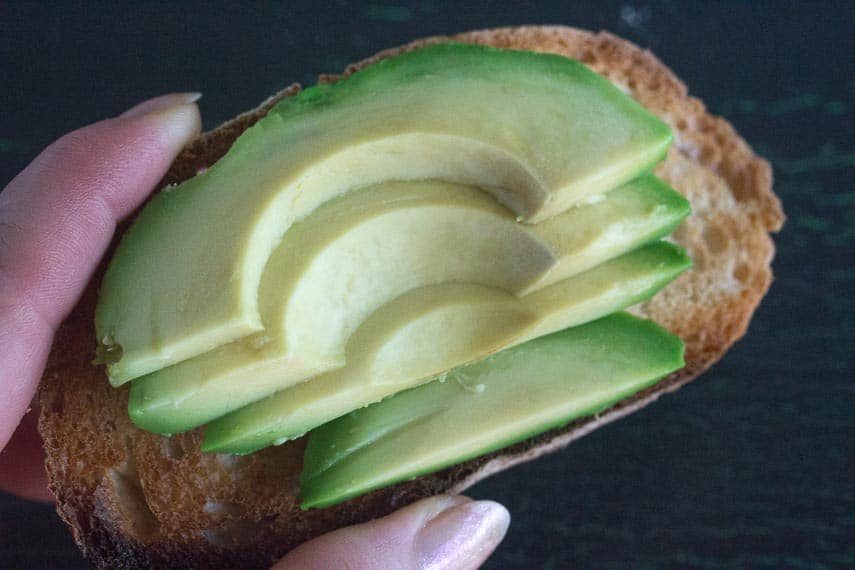
The avocados that Monash tested originally showed Polyols. Upon re-testing, a new type of sugar appeared.
Monash Discusses Perseitol
Here is updated information from Monash. During re-testing they have discovered a new type of sugar:
“As it turns out, avocados are rather a unique fruit in terms of their composition. Unlike other fruits, which tend to accumulate carbohydrates (or sugars) as they grow and ripen, avocados accumulate oils (fats) and have a very unique carbohydrate (sugar) profile. One of these unique carbohydrates found in avocados is a sugar polyol called ‘perseitol’.”
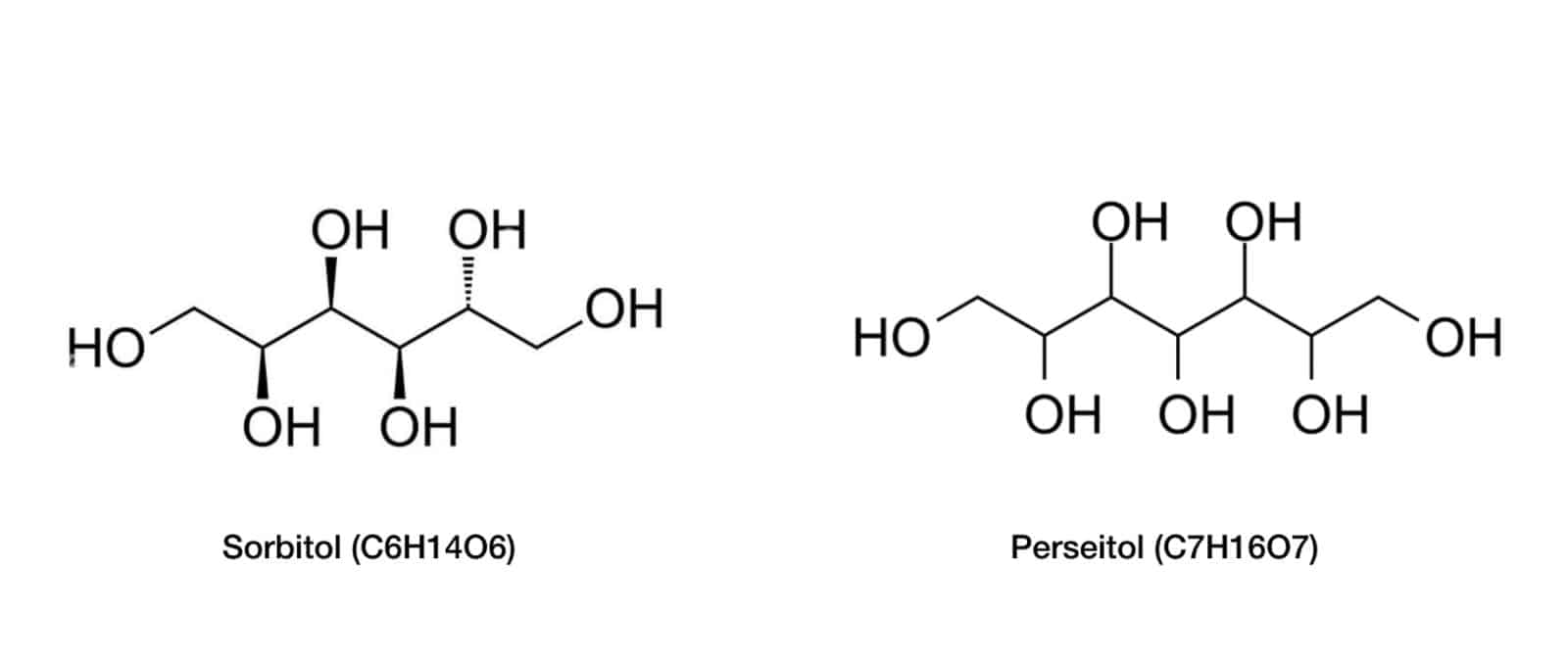
Perseitol is larger in size than sorbitol, and the larger the size of the sugar polyol, the less it tends to be absorbed, but it tends to draw more water into the small intestine. This means that more of the sugar polyol will end up in the large intestine, where it can be fermented by gut bacteria and create gas. In addition, the extra water that these larger sugar polyols bring into the large intestine contribute to a laxative effect.
Monash is suggesting that since this sugar is similar, but not the same as sorbitol, that we should all complete a separate food Challenge with avocado to test our own tolerance.
FODMAP Friendly Has Lab Tested Avocados
FODMAP Friendly (2022) re-tested avocados and they took Hass avocados, both ripe and unripe, into the lab.
FODMAP Friendly lab testing initially reported that avocado had a low FODMAP “Pass” at 120 g (4.23-ounces). The details stated that avocado contained mannitol, fructans and some excess fructose. They recently re-tested both ripe Hass avocado and unripe Hass avocado.
The most recent lab tests report that unripe have a low FODMAP serving size of 80 g, with a max serve of 880 g. Their testing detected fructose. Ripe avocados are listed as containing no FODMAPs: “Enjoy in unlimited amounts; eat freely.”
However, in conversations with FODMAP Friendly they have told us that they are taking avocados back in the lab for further testing. Check back here for updated info.
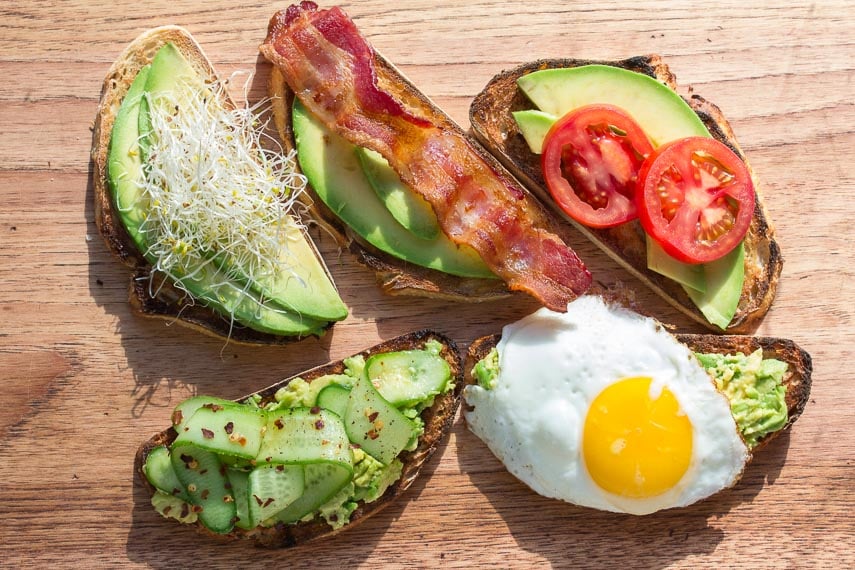
Ripe Versus Unripe Avocado
Where the testing bodies agree is that the sugar content in avocados is actually higher in UNRIPE fruit. This is similar to guavas, where ripe fruit is lower FODMAP as well, and the opposite of bananas, where ripe bananas are higher FODMAP. This is a great example as to why we discourage extrapolations within this diet.
Avocado FODMAP Content Varies Hugely
Yes, at first glance there is a lot to unpack here. The low FODMAP amounts from each testing body are different, and even the FODMAPs reported in the respective labs and represented on the apps are different. This is not a problem, or an issue of one app being “right” and another “wrong”. Produce is expected to vary in FODMAP content based on variety, growing conditions, harvesting procedures, storage, etc.
By the way, avocados can be nutritious as well as delicious. They offer a good amount of potassium, lutein, folate, B6, vitamin C, monounsaturated fat and believe it or not, fiber.
Top your tacos and enjoy – if they do not upset your GI system!
Hass For The Win
If you have a choice, we prefer Hass avocados. They are the smaller ones that have a darker, almost black-green skin, which also has a slightly pebbly texture. Their flesh is richer and creamier and better tasting in our opinion. The Florida variety has not been lab tested. Varieties of fresh fruits and vegetables can be different, and sometimes significantly.
The flavor of the Florida variety is not as bold or interesting, and their texture is not as buttery, by comparison with the Hass. Even when combined with other ingredients, such as in a guacamole, the Florida avocados fall short.
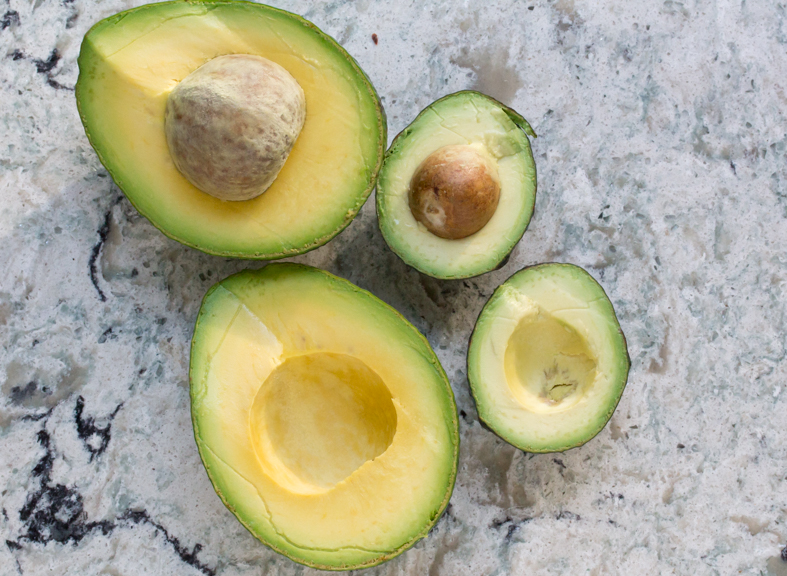
As an additional health related issue, if you have a severe latex allergy, you might also have a reaction to avocados, so add them to your diet cautiously.
More Avocado Deliciousness
Check out these avocado recipes – all low FODMAP, of course.
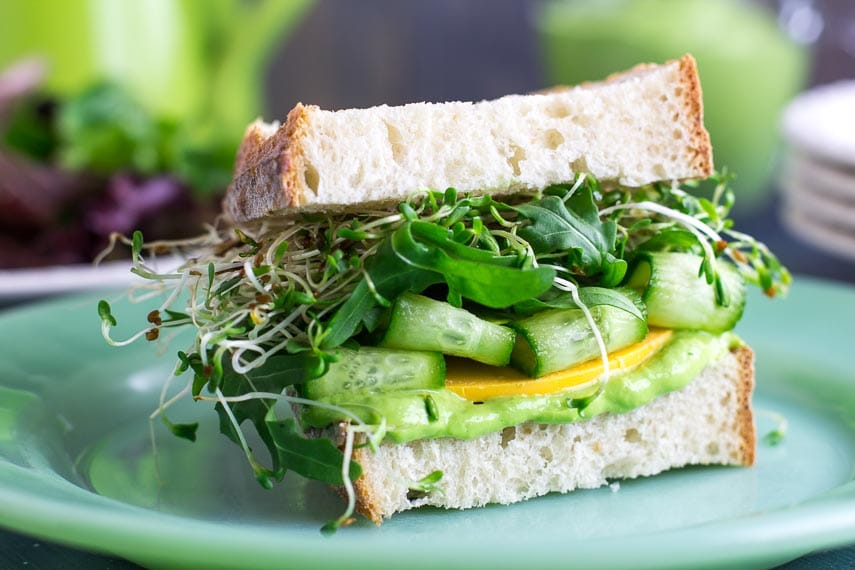
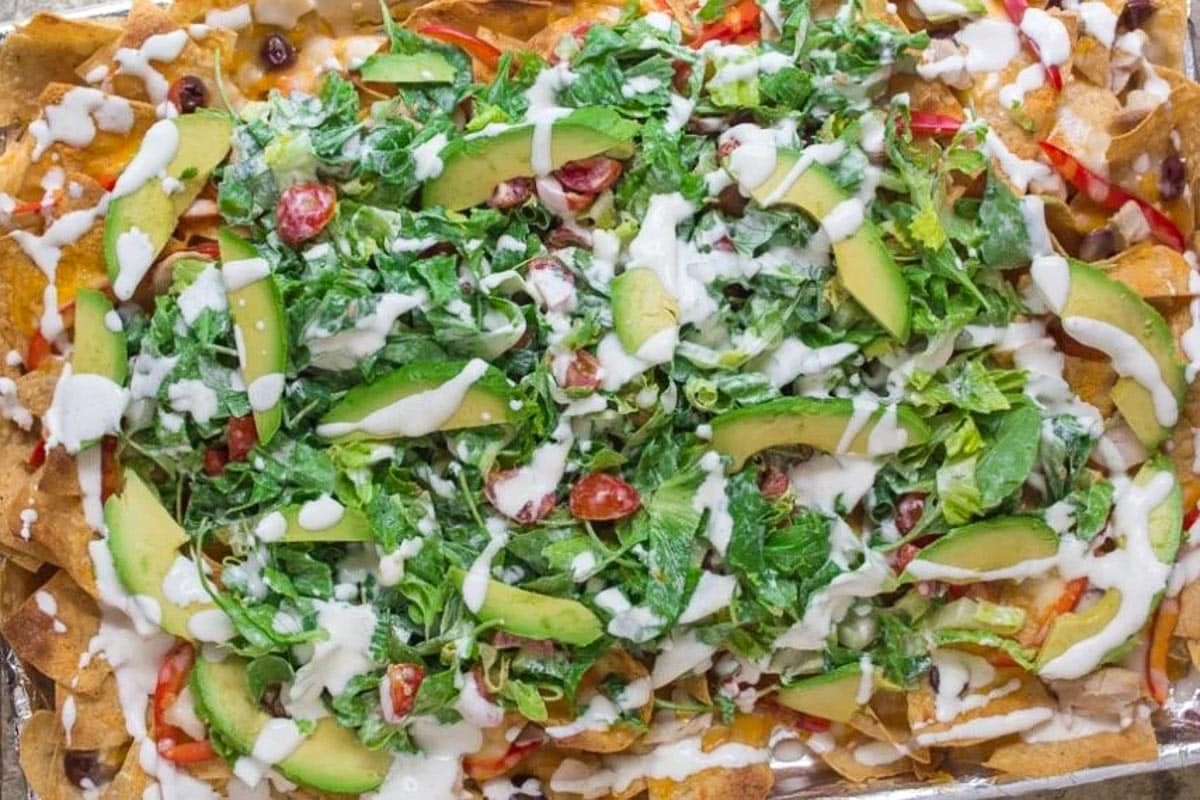
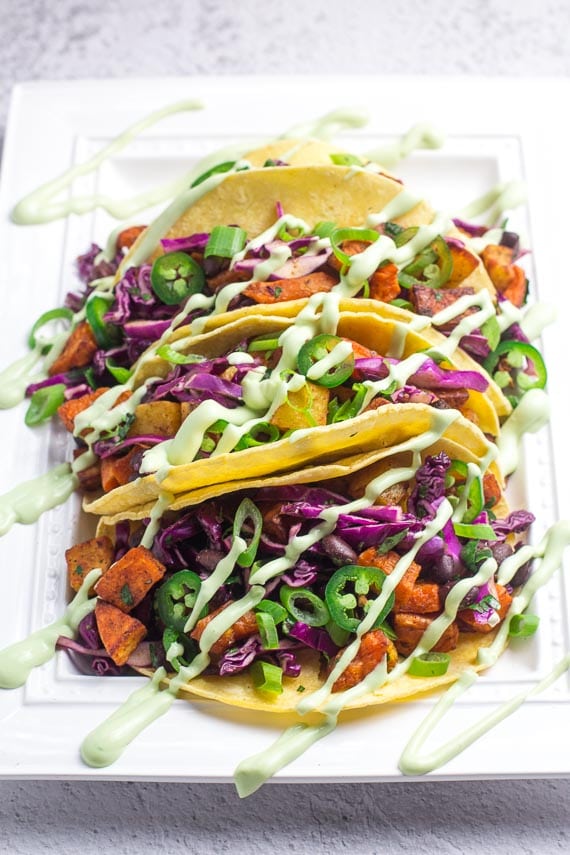
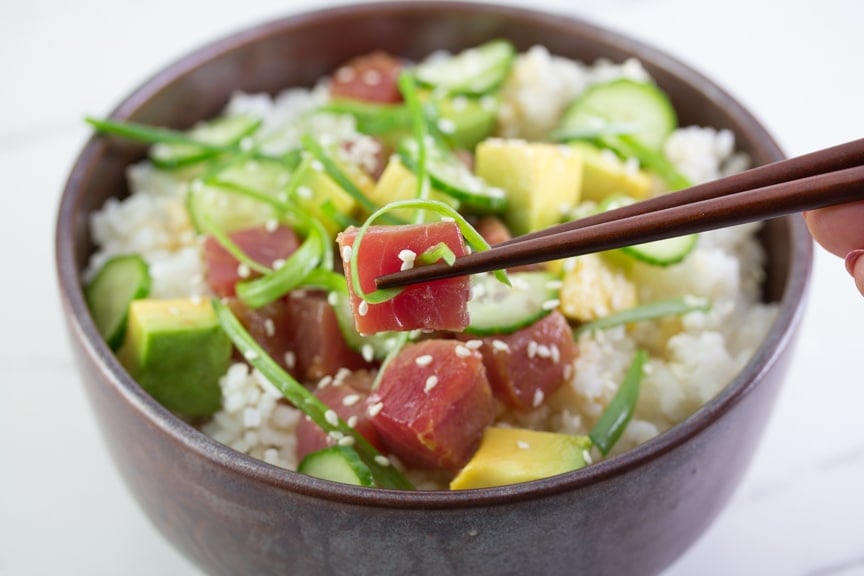
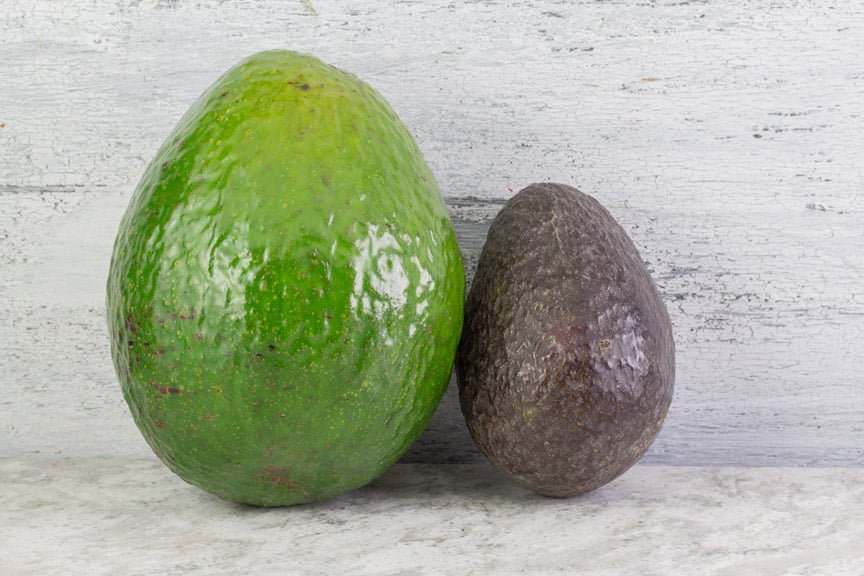
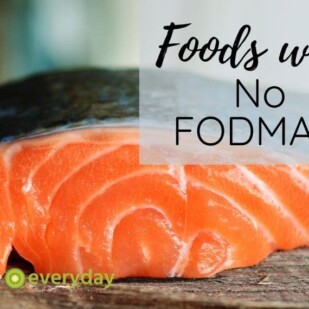
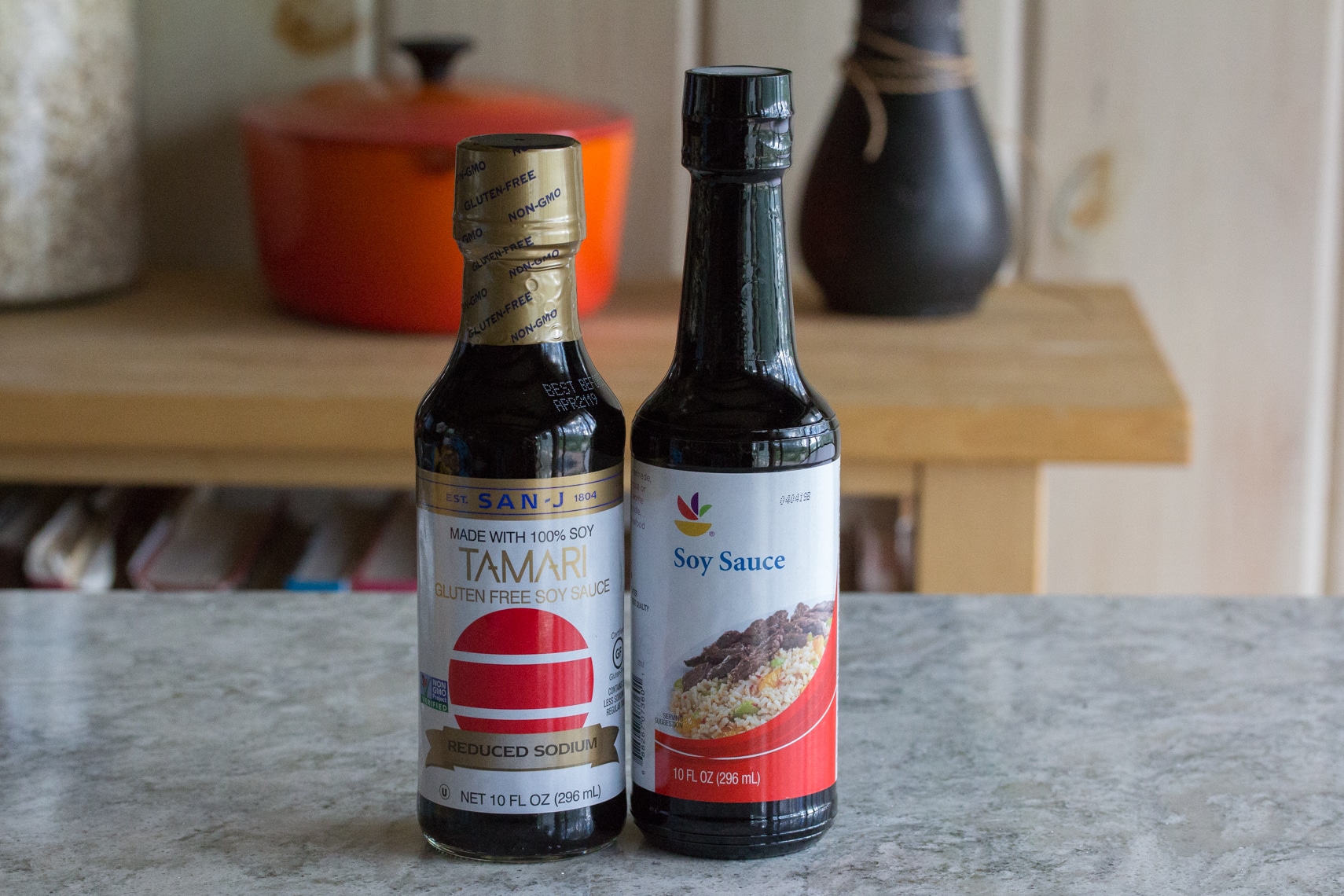
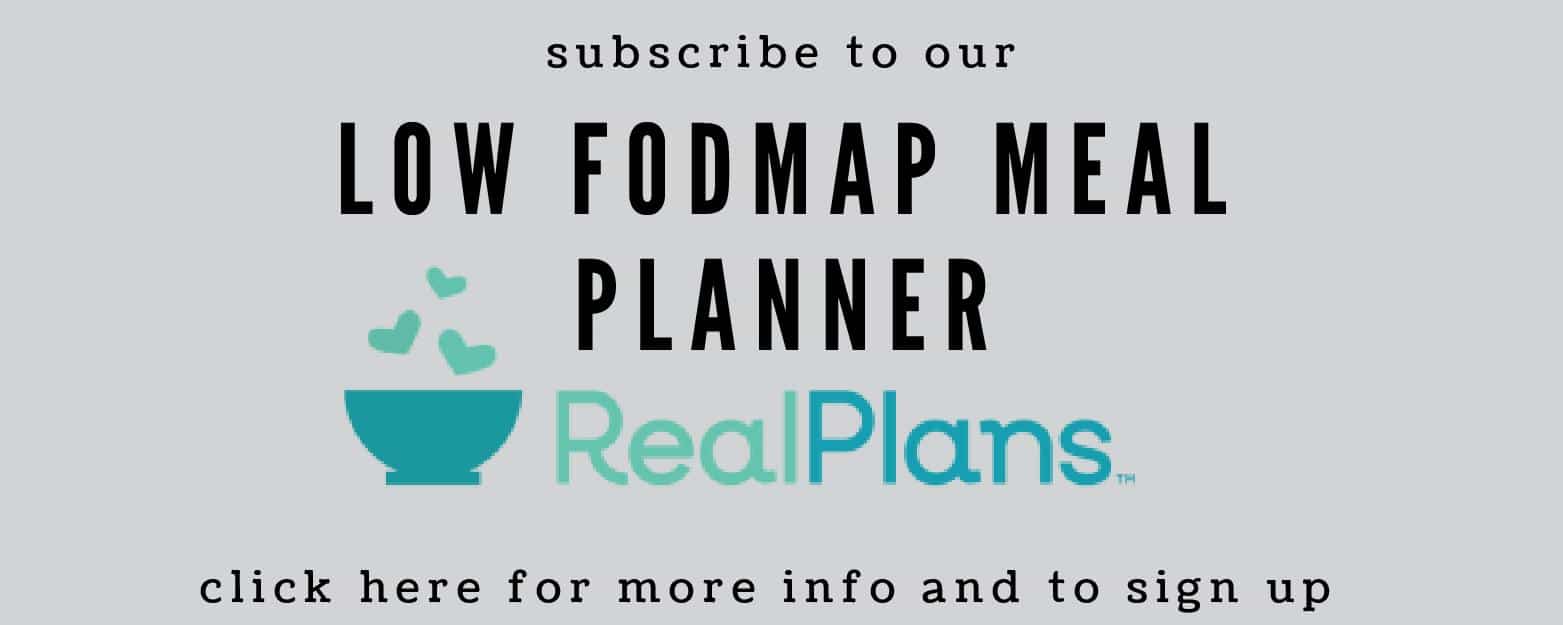




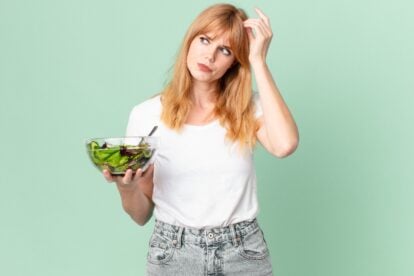
is the amount the slices and diced or just one of them?
Hi Tricia, it is one of them. We wanted to show you what the amounts look like in different forms. Avocados can vary so hugely in weight, that the “1/8 of an avocado” just wasn’t specific enough! We hope this visual layout helps you get a handle on your avocado use – enjoy! And of course, as you go through your Challenge Phase you might very well find out you can have more.
Thanks for posting this – I only have one of the free derivative apps, and it just says avocados are off-limits. I’m an american who has had a kitchen scale for years for baking purposes, and wish more fodmap apps would list quantities by both weight and by something else convenient for the non-scale-owners.
Kat, thank you for writing. We highly suggest that you get the Monash app. It will be The Best $7.99 you spend on your FODMAP journey. Guaranteed! And the money goes towards more research. Many of the free apps – and even pay apps – are out of date and often just Wrong! It is not going to help you to be basing your choices on incorrect information. Please consider downloading the Monash app. It will become your new best friend! We use it multiple times per day in our Test Kitchen and as we edit and work on our articles, as do our Success Team RDs.
Hi, I had a look on the Lowfodmap university app and it said a green light serving is 30grams ? Which serving size should I go with?
Alycia, Thank you for writing for the clarification. Monash just updated the app with some new amounts and we are playing catch-up. ALWAYS go by the Monash app. We work with the university and use their data as well. I have created a bolded alert in the recipe and will be re-taking images ASAP of the new larger amount. ENJOY your avocado!
Thank you for the reply! I’m currently going through the elimination phase. I think 30g may be still be too much for me because I get bloating. I think it’s best to listen to your body as well. Everyone is different 🙂
Absolutely. Also take a look at whether there is any FODMAP Stacking going on.
I have been very impressed with FODMAP Everyday before, and I continue to be impressed today! The visuals are so helpful. Thank you!
Thank you Christine! The diet is evolving so quickly and we try our best to bring you all the up-date up accurate and helpful information that will make following the diet easier – and tastier!
Glad to know this! It sure pays to have a food scale sometimes. I didn’t know even the variety does matter too!
Surely FODMAP Friendly apps had been a big help. Can you recommend some more good FODMAP APPS?
I’ve been looking and so far I’ve tried these ones from Casa de Sante – https://casadesante.com/blogs/low-fodmap-life/best-fodmap-apps
Hopefully I could find some more. Great info here! Thanks!
Amy, thank you for writing! We weren’t saying the variety matters from a FODMAP perspective. We actually do not know whether it does or doesn’t, since Monash hasn’t informed us of the type tested. The size counts! That whole “1/8 of an avocado” thing! We use the Monash app and we and our team of RDs recommends it. Most apps get their info from the original research, which is largely Monash’s. And they do regular updates. Best small amount of money you will spend omg this diet. I couldn’t personal follow the diet without it – and I certainly couldn’t run our Test Kitchen without it!
Great article! I have a question, 30grams is the recommended portion per meal or per day?
Let’s say I had 30gr of avocado toast for breakfast, can I have another 30gr of avocado in my salad for lunch? or is it 30grs for the whole day?
thank you!!
Hi Mariana, when recommendations are made for “low FODMAP servings” we are talking about “per meal”. Typically there is an assumption that there is a 3 or 4 hour break between meals. Now, all of this is simply a recommendation. During a well structured Challenge Phase you might learn that you can eat 30 g of avocado 3 times a day and be fine. You might only be able to eat 30 g once a day to keep triggers at bay – OR you might find out that you can only tolerate half that amount and do better if you have a full day in-between your avocado treats. Reactions are highly individual and “low FODMAP serving sizes” are meant to be a starting point for assessment.
Wow! I always assumed that 1/8 of an avocado (which is what the app says is 30g) would be one slither. 30g was definitely without skin?! Or were they just thinking 1/8 of a huge avocado? What you have on the toast is roughly a third of a small Hass avocado (from a UK supermarket).
Really hope that I didn’t misunderstand.. If so, this is the best news of the month, I adore avocados.
Thanks so much for clarifying.
The 30 g is without skin or pit. As you can see in our images, it is more than many think! Always eat to your tolerances – enjoy!
Am I the one who has noticed the Monash app only refers to sorbitol as being the FODMAP category of concern, whereas the FODMAP Friendly app says avocados have NO sorbitol and that their highest FODMAP category is mannitol? So confusing trying to reconcile those apps. Maybe due to different avocado types….
You are not the only one for sure. You might find our article on Bananas interesting as it presents the Monash vs FODMAP Friendly findings. We have been sitting on a big article for quite a while that will explain why the two entities get different results. Here is some info for now: A little background: Monash uses an in-house lab (and now one in the US as well). FF uses an independent lab. Both lab processes are considered reputable.
When it comes to ANY lab, there can be differences in results. It is just like when you get blood work done. Any follow-up bloodwork for comparison sake should be handled by the same lab.
Especially with produce (fruits & vegetables) variances will occur. No matter what.
You could take 2 apples off the same branch at the exact moment, store and handle them the same way, send them to two labs and get different results.
You could take those 2 apples, store, handle and transport them Differently, and get different results.
You could take 2 apples off of the same tree, but on different days and get different results from the SAME lab.
And you certainly can take two apples from two completely different trees, from different times of year, growing in different conditions, and get different results, regardless of the lab.
Now, we know that the labs do not just take one sample. They take several and look for a mean, but you can see from my examples that variances can and will occur.
What the lab tests give us is a baseline. At one point in time Monash got results X with blueberries and FF got results Y. Neither is wrong and neither is more “correct” than the other. You could use either as your baseline to begin your self-assessment.
Because, and this is the real heart of the matter, you are not a lab. You might not even be able to eat the amount they suggest. Or you might end up being able to eat double. And maybe you fine tune it even further and come to realize through your Challenge Phase that you can eat double, but maybe not 2 days in a row. What YOUR personal tolerances are is what is important.
This is why a structured Elimination and Challenge phase are so important – so that you can keep track and progress.